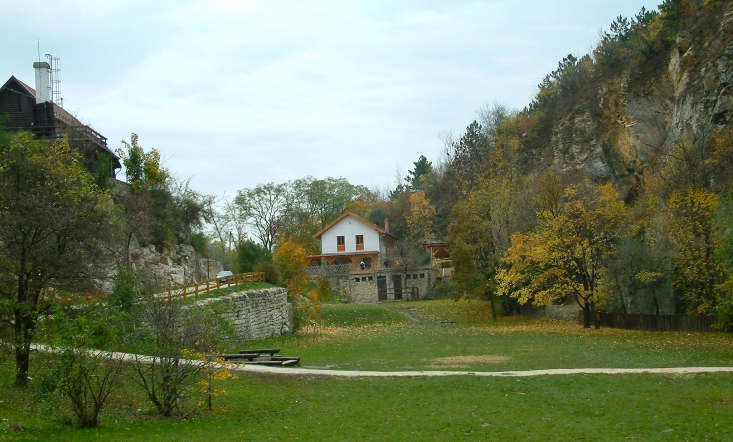The explorers, Kornél Pál Scholtz and János Bagyura, entered the cave on 23 June 1904 through the entrance from the Pál Valley quarry. Between 1904 and 1910, the first explorers uncovered about 1200 metres of the cave. The cave explorers' group of the Pannonia Tourist Association, formed in 1919, made the most beautiful part of the cave accessible to visitors.
Its protection is maintained by Decree 66/2007 (X. 18.) of the Ministry of Agriculture, Forestry, Environment and Water Management on the maintenance of the protection of the Pálvölgyi Cave surface protection area.
Registry number: 14/TT/44
Extent: 4,7 ha. Highly protected cave
Affected district: Budapest, II. district
Brief description of the protected natural values
In 1927, on the occasion of the first joint German-Hungarian cave exploration conference, electric lighting was introduced in the developed parts. Since 1980 the cave has been explored by the cave exploration group of Imre Gábor Bekey, whose work has resulted in a known length of more than 12 km of the passages of the Pál Valley Cave.
Like most of the caves in the Buda Hills, the Pál Valley Cave is a thermal cave system. The warm water rising from the depths along the cracks dissolved the limestone and created a huge cave system.
The incision of the Danube and the steady rise of the Buda Mountains caused the cave passages to become dry. In addition to the hot water solution forms and mineral outcrops, stalactites and stalagmites appeared as a result of the precipitation water seeping in from the surface. Today, about 500 metres of the Paul Valley cave can be visited.
The imposing rock walls of the cave contain the entrances to several more caves, both large and small. The mining yard is landscaped and ideal for short walks.
Main threats, special protection tasks
At both the Paul Valley Cave and the Szemlő Hill Cave, the high level of surface development, resulting in a reduction in infiltration surfaces and pollution from utility failures, is a threat. A system of measures introduced several years ago, developed jointly by the nature conservation and building authorities, imposes a total ban on building above the caves and severe restrictions and special technical requirements in the immediate vicinity.
